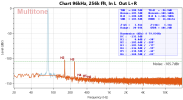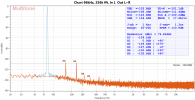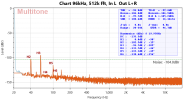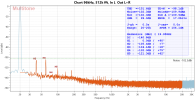- Thread Starter
- #121
Not yet out,but it seems that Wiim also suffers the child diseases of half-baked EQ down low.
Let's wait a little to see.
Does that mean that you have measured it? I have the original WiiM Pro (non Plus) but probably don’t have time to test it. Much more annoying when there is no USB DAC mode.






